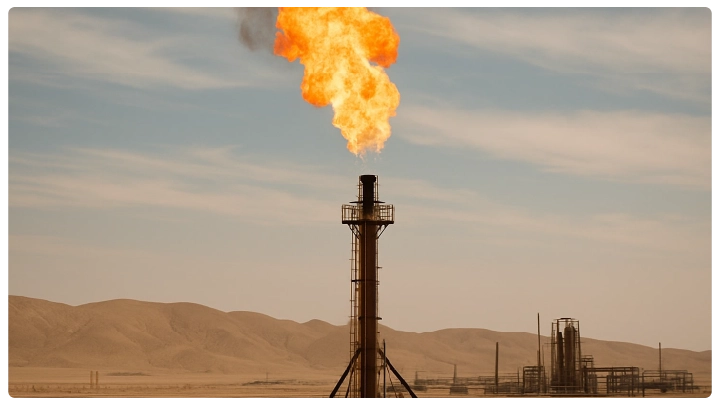November 2025
The U.S. natural gas futures have recorded the highest weekly increase in history since the beginning of May. Massive 17.3% increase to close to $3.50 per million British thermal units (mmBtu), as per an in-depth report issued by Goldman Sachs. The surge marks a significant turning point in market sentiment, as investors are no longer focused on short-term storage issues and strong winter demand. Samantha Dart, the lead analyst on the Goldman Sachs team, provided commentary stating that, although the roll into the November winter contract contributed to the lift, it continued to propel equity upward.

The contract in November is normally priced higher due to the increased heating demand during the season. However, above this technical shift, there are more fundamental factors that are taking precedence. The apprehensions that the Gulf storage might experience congestion. This had pressed heavily on sentiment in the latter part of the summer but has not been fulfilled. On the other hand, Henry Hub spot prices have remained resilient, staying above $2.70/MMBtu, even on the Labor Day weekend when demand was low. It is also supported by a quick recovery in liquefied natural gas (LNG) exports, as Asia prepares to enter the winter season.
The Corpus Christi expansion project of Cheniere has also increased the output. All of these developments have led to an overall increase in U.S. gas-demand requirements for LNG exports, surpassing 16.5 Bcf/d, the highest level since early August. Analysts are hopeful that this figure will exceed 17 Bcf/d by mid-October, when the Cove Point plant in Maryland completes its maintenance process. This increase underscores the fact that the LNG market remains a robust force, transforming natural gas from a regional product into a global energy foundation
Macroeconomically, the increase in the price of natural gas reflects the broader shifts in the global energy landscape. Energy companies are reevaluating their operational strategies to maximize profitability amid volatile yet high prices. Furthermore, although it may undergo a few corrections in the short term, the structural bullishness of the long-term fundamentals is evident.
November 2025
November 2025
November 2025
November 2025